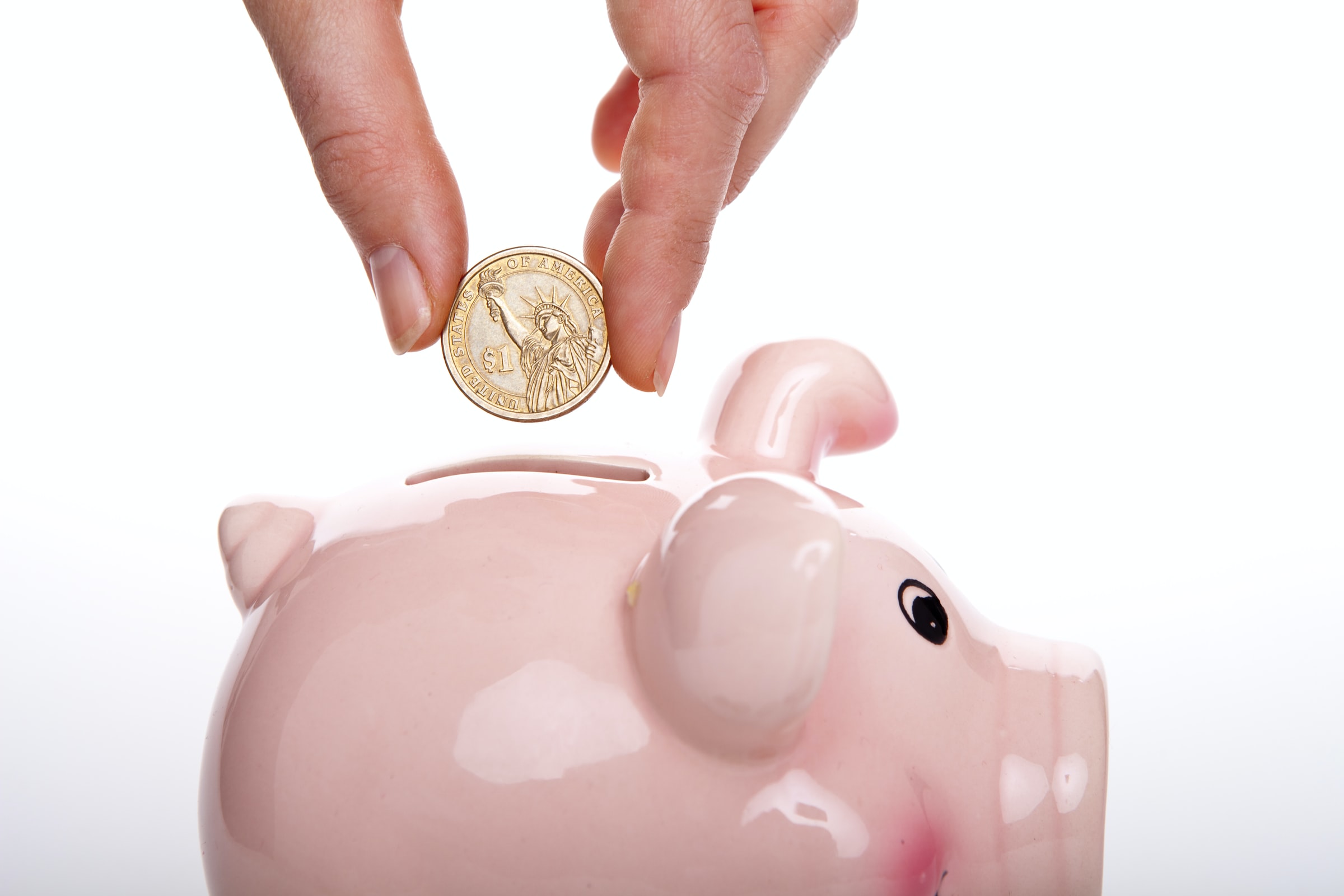One of the central tenets of environmental, social, and governance (ESG) investing is that you can do well by doing good. Investing in companies or products that help to protect the environment and create a better society is not only good for the world – it can also be good for your bank account.
This isn’t just fanciful thinking on the part of wide-eyed optimists. It has become conventional wisdom even among seasoned financial and investing experts. For proof, consider that U.S. investor assets in sustainable investments pushed above $17 trillion early last year, according to US SIF, a non-profit sustainable investing research and advocacy group.
Investors aren’t putting all that money into sustainable products and companies just to feel good about themselves. They also hope to turn a profit. But the financial benefits of sustainable and ESG investing go beyond just getting the right investor return.
A greater focus on advancing sustainability initiatives can also save money by lessening the impact and frequency of natural disasters and extreme weather events.
In a column last fall for Barron’s, Yale University Research Scientist Jennifer Marlon laid out the different ways that worsening climate conditions leads to higher costs. She noted that last decade, the overall cost of responding to and repairing damages from weather and climate disasters in the U.S. exceeded $800 billion. According to an analysis of the world’s 82 largest economies, weather and climate impacts could carry a cost equal to 3 percent of global GDP by 2050, or about $8 trillion, in terms of damaged infrastructure and missed economic growth opportunities.
On a smaller scale, here are ways that climate change might have a direct impact on your own finances:
- Higher insurance premiums caused by natural disasters
- Higher taxes due to an increase in public spending to pay for the aftermath of extreme weather events
- Higher food prices caused by longer and more frequent droughts
- Lost wages caused by weather-related work interruptions

“Damages will only increase faster if we continue to delay cutting the carbon dioxide pollution causing global warming,” Marlon wrote. “Many options and tools exist that can help us reduce the risks. Policies can improve energy efficiency, speed our transition from fossil fuels to renewable energy, and require companies to limit the amount of pollution that they produce.”
She advocates more government action to help reach carbon-reduction goals. Investors can play a part as well by adopting sustainable investing (SI) strategies. As noted on the Global X website, sustainable investing often takes a triple-bottom-line (3BL) approach that considers environmental and societal impacts alongside profitability.

Here’s a quick look at how different components can impact a company’s financial performance under the 3BL model:
Environment: When a company ignores its environmental responsibilities in pursuit of profits, it can have a huge negative financial impact. An example cited by Global X is the 2010 Deepwater Horizon oil spill that began when a BP-operated oil rig exploded, dumping more than 4.9 million barrels of oil into the Gulf of Mexico over nearly three months. The spill damaged coastal habitats and deep-sea ecosystems. Gulf fisheries lost an estimated $8 billion in revenues from 2010–2020, and the region’s tourism industry reportedly lost nearly $23 billion from 2010–2013. Meanwhile, BP wound up paying more than $70 billion in fines and settlements in the decade after the spill.
Society: Companies also suffer financially when they fall short of their obligations to protect both customers and workers. Global X cited Boeing, whose inadequate safety procedures contributed to a pair of fatal crashes involving its 737 MAX airplanes. Pilots were not trained properly on how to override a malfunctioning automated plane stability system, Global X noted. To save costs, Boeing forewent a safety system that could have mitigated the malfunction. The aerospace giant’s share price sank and it was also forced to cut production, which led to lost jobs and wages.





